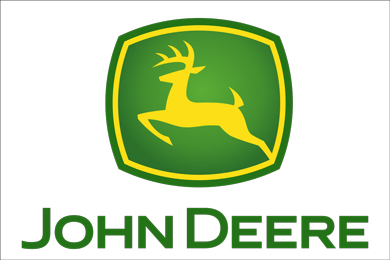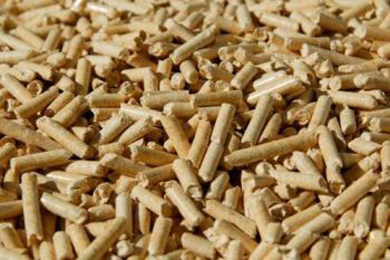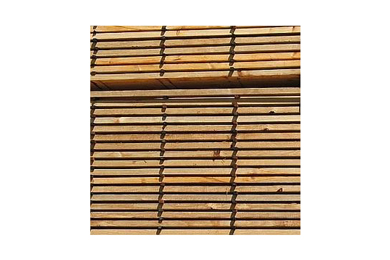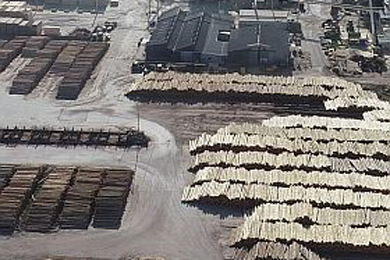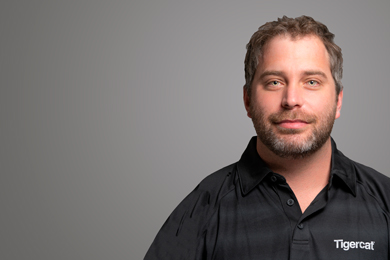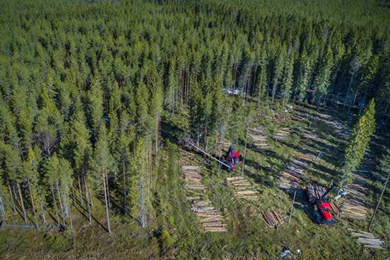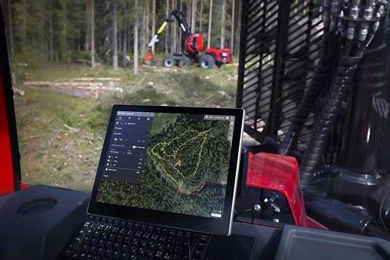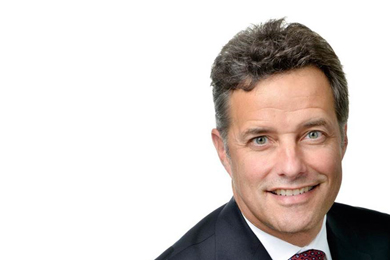The new customer service centers supporting John Deere’s forest machinery business will open in 2020 in Perth, Scotland; Ockelbo, Sweden; and Laukaa, Finland. The investments will improve the geographical scope of our customer service and the efficiency of customer service.
Construction work on the approx. 9000 m² plot in Perth, Scotland, has already started. The new customer service center will also serve the road construction machinery customers of Wirtgen, a company fully owned by John Deere. The new 1300+ m2 building will house a four-bay machine repair shop, a wash station, a spare parts and accessories store, a spare parts warehouse, a conference room and social facilities for employees. The plot will also have a cold storage and space for new and used machines. This is a growth investment, so customer service will also remain at the current facility in Carlisle, England.
The new customer service center in Ockelbo, Sweden, will replace the previous facility in Alfta. Construction of the new 1250 m² facility will start in June 2019 and will be completed in early 2020. Moving the location to Ockelbo will help the new center to provide service to customers beyond the Alfta area in Sweden. The center will have a four-bay machine repair shop, a wash station, a spare parts and accessories store, a spare parts warehouse, and a conference room and social facilities for employees. The approx. 13,000 m² plot will also have a cold storage and space for new and used machines.
The plot in Laukaa, Finland, is 10,000 m2, and the customer service center will exceed 1,100 m2. All functions from the current Suolahti site will be moved to Laukaa. The center will also have a four-bay machine repair shop, a wash station, a spare parts and accessories store, a spare parts warehouse, and a conference room and social facilities for employees. There will also be a cold storage and space for new and used machines. Construction of the center has started with the earthmoving work, and the actual construction will begin in autumn 2019.
“The central locations of the new customer service centers and the modern facilities will enable more comprehensive and efficient spare parts, maintenance and training services for our customers. Occupational safety, ergonomics and wellbeing for our own employees have been a priority in the planning of the investments. A better customer experience and higher customer satisfaction will also be visible in our machine sales in these regions,” notes Janne Märkälä, General Manager, Europe Sales Operations.
Further information:
Elina Suuriniemi
John Deere Forestry Oy
Tel. +358 400 466 476
SuuriniemiElina@JohnDeere.com

